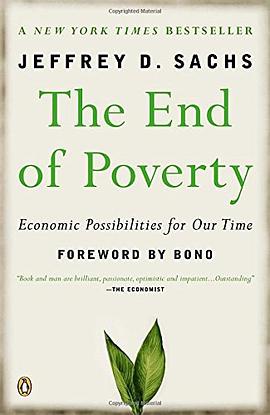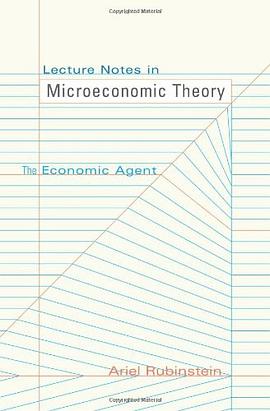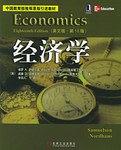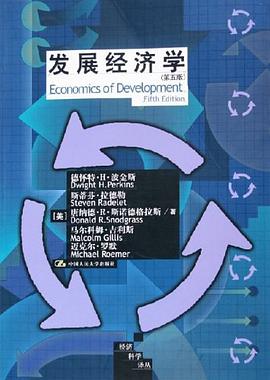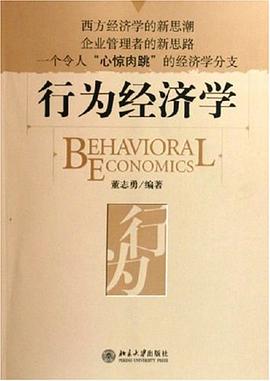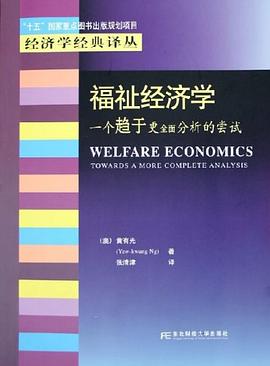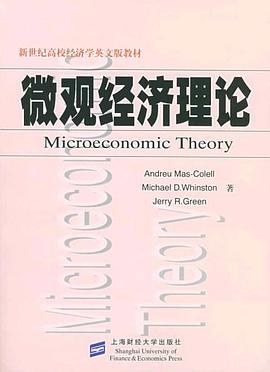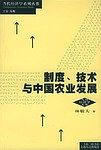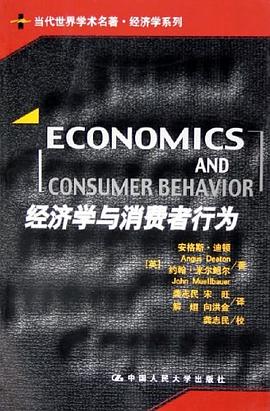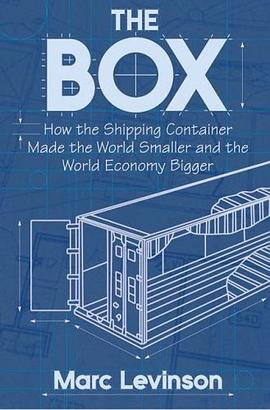

具体描述
In April 1956, a refitted oil tanker carried fifty-eight shipping containers from Newark to Houston. From that modest beginning, container shipping developed into a huge industry that made the boom in global trade possible. The Box tells the dramatic story of the container's creation, the decade of struggle before it was widely adopted, and the sweeping economic consequences of the sharp fall in transportation costs that containerization brought about.</p>
Published on the fiftieth anniversary of the first container voyage, this is the first comprehensive history of the shipping container. It recounts how the drive and imagination of an iconoclastic entrepreneur, Malcom McLean, turned containerization from an impractical idea into a massive industry that slashed the cost of transporting goods around the world.</p>
But the container didn't just happen. Its adoption required huge sums of money, both from private investors and from ports that aspired to be on the leading edge of a new technology. It required years of high-stakes bargaining with two of the titans of organized labor, Harry Bridges and Teddy Gleason, as well as delicate negotiations on standards that made it possible for almost any container to travel on any truck or train or ship. Ultimately, it took McLean's success in supplying U.S. forces in Vietnam to persuade the world of the container's potential.</p>
Drawing on previously neglected sources, economist Marc Levinson shows how the container transformed economic geography, devastating traditional ports such as New York and London and fueling the growth of previously obscure ones, such as Oakland. By making shipping so cheap that industry could locate factories far from its customers, the container paved the way for Asia to become the world's workshop and brought consumers a previously unimaginable variety of low-cost products from around the globe.</p>
作者简介
Marc Levinson is an economist and historian specializing in business and finance. He was formerly finance and economics editor of The Economist, worked as an economist at a New York bank, and served as senior fellow for international business at the Council on Foreign Relations. For more information, check out his website at www.marclevinson.net.
目录信息
读后感
此书描述了集装箱改变了航运业的整个历程:包括集装箱出现前,整个航运业的现状:货物散乱,运输不便,码头割据,工人混乱,政府管控垄断定价,货物运输各种弊端。随着技术进步,马克莱恩作为集装箱航运的一个最重要推动者,从轮船、集装箱、卡车、铁路、码头等各方面硬件上如...
评分集装箱在我这外行看来,本来就如此。本书则详细考证其发展历程。可惜的是有一些资料随着纽约港务局在911中被毁而消失了。 五六十年代的美国,运输业创新者麦克莱恩想到了集装箱运货的主意(他不是第一人),但是他要面对的阻止生产力提高的三大因素:政府的管制、行业协会的垄...
评分《经济学家》杂志说,“没有集装箱,就没有全球化。” 这项貌似普通的发明,到底是如何影响整个产业链,进而推动全球化进程的呢? 一、芭比娃娃的全球供应链 芭比被认为是地地道道的美国女孩儿,但实际上,她从来就不是。 在她诞生的1959年,美泰公司就把她的生产安排在了日本的...
评分 评分提及集装箱,人们应该不会陌生。在港口和码头上能够看到数量众多的集装箱,里面装载着来自全国各地乃至全球各地的货物。但如果提出集装箱的前世今生,它到底是因为什么出现的,它到底有着什么意义,它是如何改变世界的,又给未来的世界带来什么启示。这些问题估计很多人会觉得...
用户评价
三小时的seminar迅速略过整本书,后来发现原来每一章都是讲相同事件的不同方面,而引发讨论关于未来与过去的思考、对灾难的预测和经济发展利弊性的思考,仍难以下定论。3.5 (BTW 我的时间线固化思维太严重了,提炼概念的能力不足..)
评分一章一章慢慢读完的,读起来觉得很有意思,但也说不清楚是什么,至少我知道,现在再在路上看到集中箱,我心里再也不会只把那想成一个大箱子了。。。
评分bill gates推荐的七本书之一
评分201404,Its a history book. Yes, HISTORY!!!
评分课程的阅读材料 完整看完的第一本英文书 感觉作者的角度很独特 给人很多从没想到过的启发 集装箱确实改变了整个世界
相关图书
本站所有内容均为互联网搜索引擎提供的公开搜索信息,本站不存储任何数据与内容,任何内容与数据均与本站无关,如有需要请联系相关搜索引擎包括但不限于百度,google,bing,sogou 等
© 2026 book.wenda123.org All Rights Reserved. 图书目录大全 版权所有


